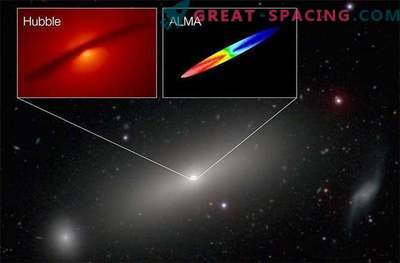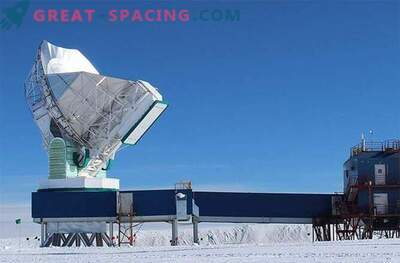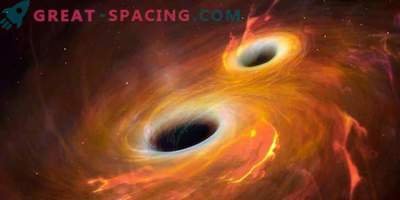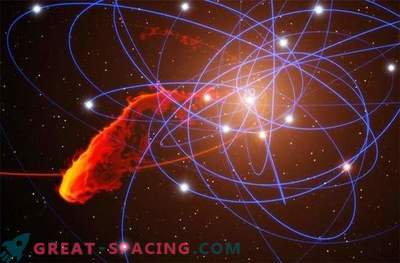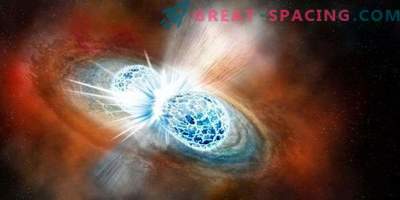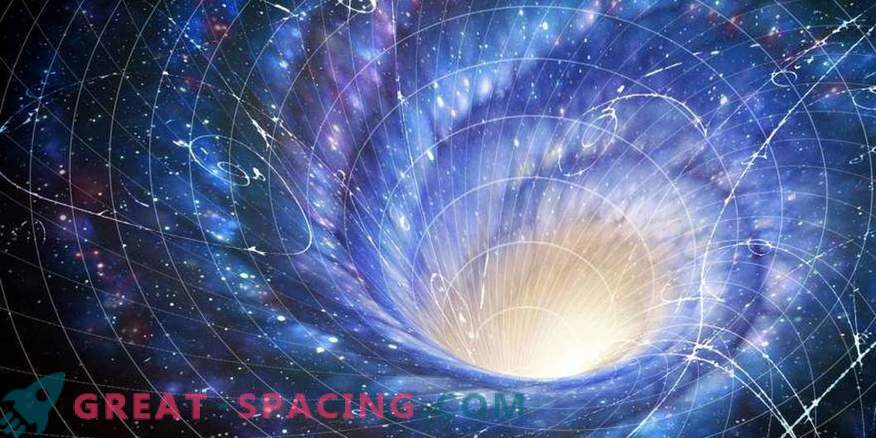
If one day you fall into a black hole, you hardly notice the beauty of the cosmic landscape in front of you. However, a computer simulation of the menacing whirlwinds surrounding the event horizon (or the apparent event horizon?) Allows you to enjoy their beauty from a safe distance.
The model, created on the basis of NASA's Chandra X-ray telescope data, depicts in detail an accretion disk — a whirlpool of matter that plunges into a black hole of stellar mass. The heated gas gradually goes beyond the event horizon: on this border, the gravitational distortion of space-time becomes so intense that even light cannot escape for it. Part of the disk material, however, is not absorbed by the black hole. The magnetic field surrounding it captures gas and ejects it from the poles of the hole at a speed close to the speed of light. The polar jets (jets) are clearly visible in pictures in the X-ray and radio wave ranges. Powerful radiation helps to better understand the nature of these energy volcanoes.
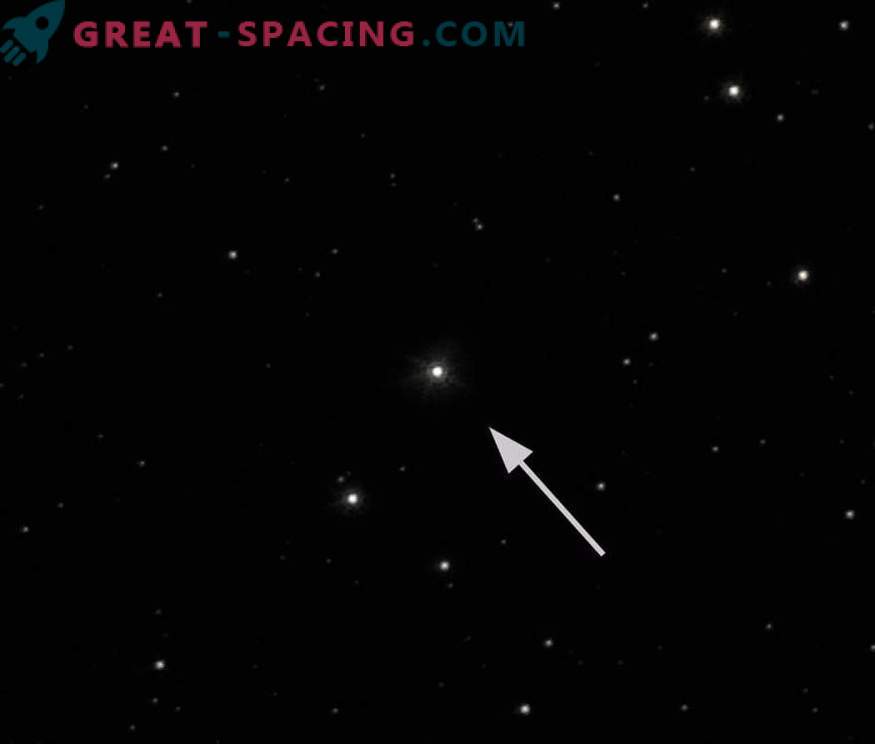
GRO J1655-40 black hole in the constellation Scorpius
In a study of the gamma spectrum of the black hole GRO J1655-40, seven times superior to the mass of the Sun, NASA astronomers have discovered an unusual shimmer with a frequency of 450 Hz. Apparently, it is associated with the rapid rotation of the black hole around its axis. Now scientists are actively studying the mechanisms that cause flicker. But in order to understand the device of the accretion disk, most likely, you will need direct observations of the event horizon. It is possible that they will become possible in the near future.

